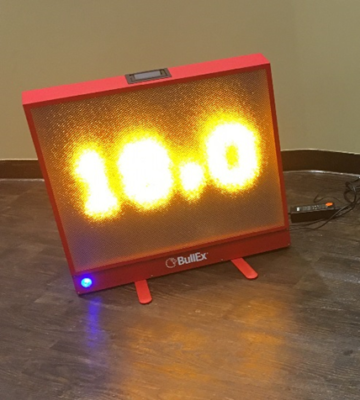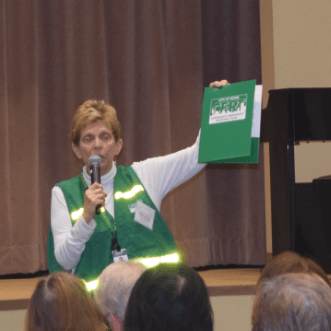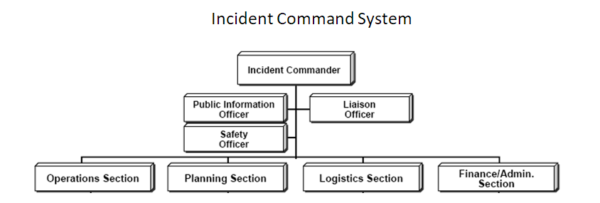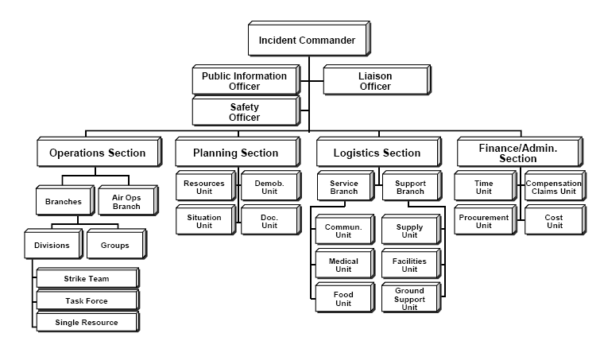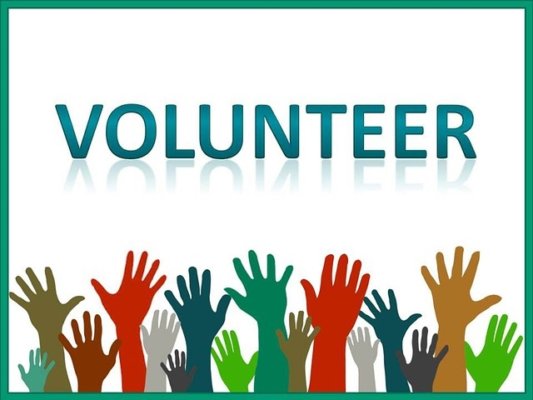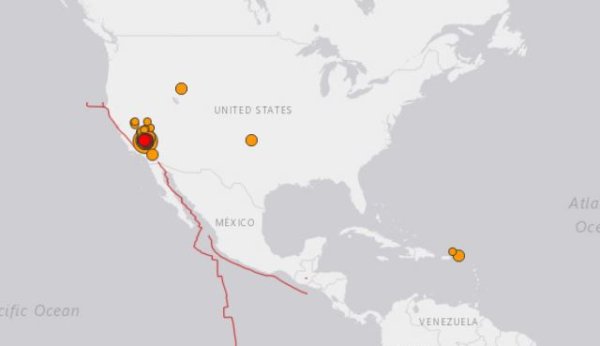New CERT Graduates!
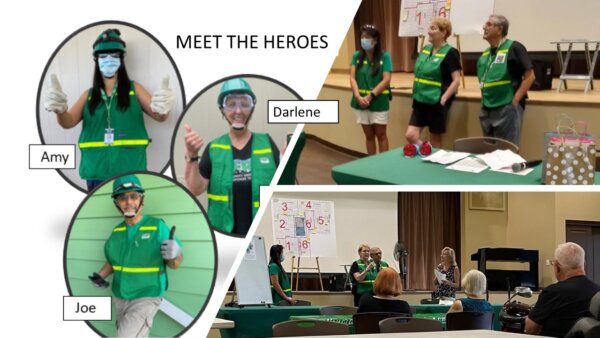
When you write a book, you get the chance to include a dedication. Every one of the first books in our Neighborhood Disaster Survival Series is dedicated not to mothers or fathers or each other, but to our friends and colleagues at CERT, the Community Emergency Response Team training offered through FEMA and our city!
Twenty years ago CERT was the impetus that moved us from helping big enterprises with disaster recovery to helping improve emergency preparedness for neighborhoods.
Over the years, our own southern California neighborhood has benefitted from adding nearly 4 dozen CERT graduates from our city’s training program. We’ve also welcomed a few new neighbors who brought their training with them from other cities.
Of course, in any neighborhood, people come and go. In a senior community like ours the “going” may be more frequent that the “coming.” Whatever, even after the nearly total shutdown of our emergency group activities because of Covid, here in our small neighborhood we still count 21 active CERTs.
As of this month, our current neighborhood CERT total went up to 24!
Time to celebrate!
The images above show our three new “heroes” and the meeting that featured them. People were interested to hear how the training had gone. Here are some of the questions that came up:
- “What did you like best?”
- “What was the biggest surprise about the course?”
- “Were you worried about anything before you started?”
- “What was the hardest part?”
- “Was it really free?”
- “Why did you take the course in the first place?”
- “Have you added any new gear to the stuff you got from the training?”
We use these questions whenever we get the chance. CERT graduates like to talk about their experiences – and folks considering the course want to hear about CERT “from the horse’s mouth.”
(No matter how much written material we provide, it’s the fact-to-face interaction that makes the difference!)
And although Joe and I took the training years ago, we too are interested because it’s changed. For example, while medical, fire suppression, and search & rescue are still key components of the course, a whole section on “Terrorism & Disaster Psychology” has been added since we took it.
In any case, as far as our neighborhood is concerned, the more CERT graduates we have among us, the safer and the smarter we feel.
How do we get more neighbors involved in emergency preparedness?
Here’s the way it has worked best for us.
First, we have kept our city CERT leader on speed dial. (Or speed email, whatever.)
Joe and I were in Class 3. A couple of years later, by the time we got to Class 7, our neighborhood graduate group had grown to a half dozen. (Our city is now on class 88, and has trained well over 2,000 people.)
The advantages of having a “core” neighborhood group are clear. Graduates share the same vocab. They have learned the same basic info. Perhaps most important, they have been exposed to the “Incident Commander” concept. That is, if you are first on the scene, you step up to take charge. Being a leader comes from the CERT training . . . and it is essential.
The core group becomes the engine behind building a community group. And we’ve added Mandarin speakers to our core group!
Next, we focused our promotion activities on the value to individual community members, not just the benefits to the city.
Some CERT trainees finish the class and never join in any further neighborhood or community activities. That’s fine. Their families get the benefit.
Most CERT graduates, however, are enthusiastic about what they have learned. They realize what an impact they could have in an emergency! These folks often express their commitment to “being of service” to the community, and CERT fits that mindset.
Core group members with a service mentality find it easy to work together to develop a plan, and programs, for their neighbors. We have counted on them year after year.
Then we planned regular neighborhood activities around scheduled CERT classes.
We’ve used a number of ways to let people know about CERT. Just like we did last week, we take advantage of every chance we get to celebrate course graduates!
Leading up to that, though, takes repeated reminders, stories, and show-and-tells. And once we’ve welcomed new CERT graduates, we continue to involve them in these activities.
I just checked. In our Neighborhood Disaster Survival Guides, we share over 25 of the different activities we have developed to engage neighbors and meet a neighborhood’s particular needs and interests! (We’ve shared a lot more ideas via these Advisories, too. Look for “What are you interested in?” in the sidebar, click the down arrow, and choose “CERT.”)

We have been instrumental in helping build emergency preparedness groups for a variety of neighborhoods. Of course, every neighborhood is unique – but we believe CERT, as a foundation, works for nearly everyone.
These books are updated regularly. (We keep having to add new items to the “threats” list!) Find out more about the books in the series here, with links to get them at Amazon.
As long as our city is offering classes, we have a reason to talk about CERT, emergency preparedness and response. It is an ongoing effort.
What about those neighbors who may not take a CERT class but still want to be part of the team?
In our neighborhood we have busy neighbors who want to be a part of the preparedness activities but make it clear: “I don’t want to take the course but I will be here to help out when you need me.”
This is a problem.
When the emergency hits, these folks will have no idea of how to help and there will be no time for training!
So, we have used material from the CERT course as a framework on which to build a bare-bones custom neighborhood group with a place for everyone who wants to be a member. Interested neighbors agree to participate as volunteers in whatever category makes sense for them. We provide as much training and as many supplies as we can. For example, they get walkie-talkies and fluorescent emergency vests. (We don’t give official CERT gear to people who haven’t taken the full training.)
In addition, our team regularly offers “general education” for everyone on emergency preparedness. People may not want to be part of a group, but they seem to appreciate in-depth climate reports, suggestions for home safety, and hearing about new threats.
Whatever you can do to improve neighbors’ awareness of potential emergencies, and to get them to take steps to prepare, the safer you all will be.
CERT is the best foundation for effective community action that we have found.
Find out about CERT in your town or city! Simply type into a browser [Your city CERT]. You can also head to the FEMA website for more information: https://www.ready.gov/cert/.
Virginia
Your Emergency Plan Guide team

P.S. Do you have some “old-timers” in your neighborhood with CERT credentials? Consider acknowledging them with an enamel CERT pin or perhaps a safety item with an embroidered CERT patch. You can find these, along with other CERT gear, at my friend Susan’s site: 2BeReady.com/cert-products/.
















